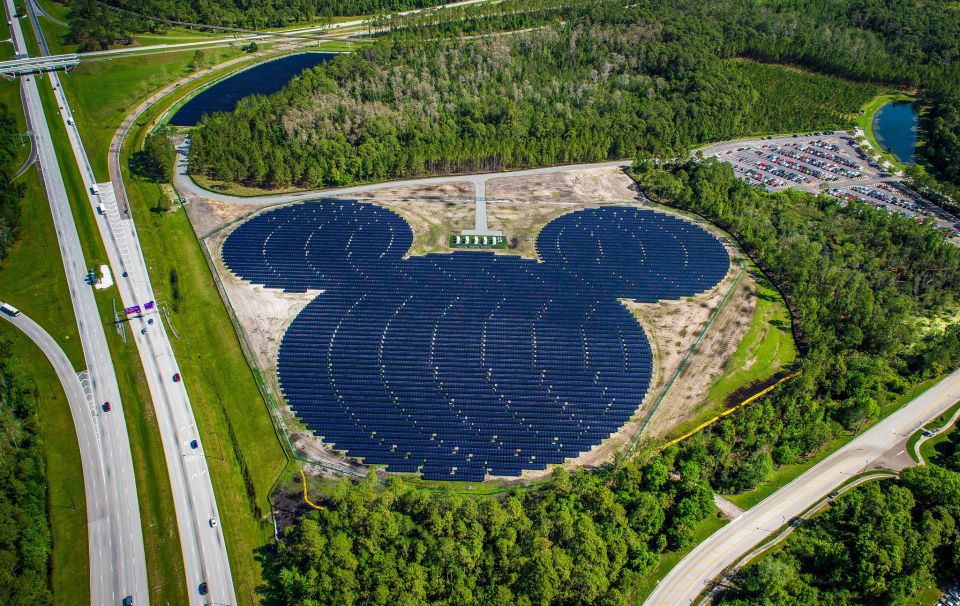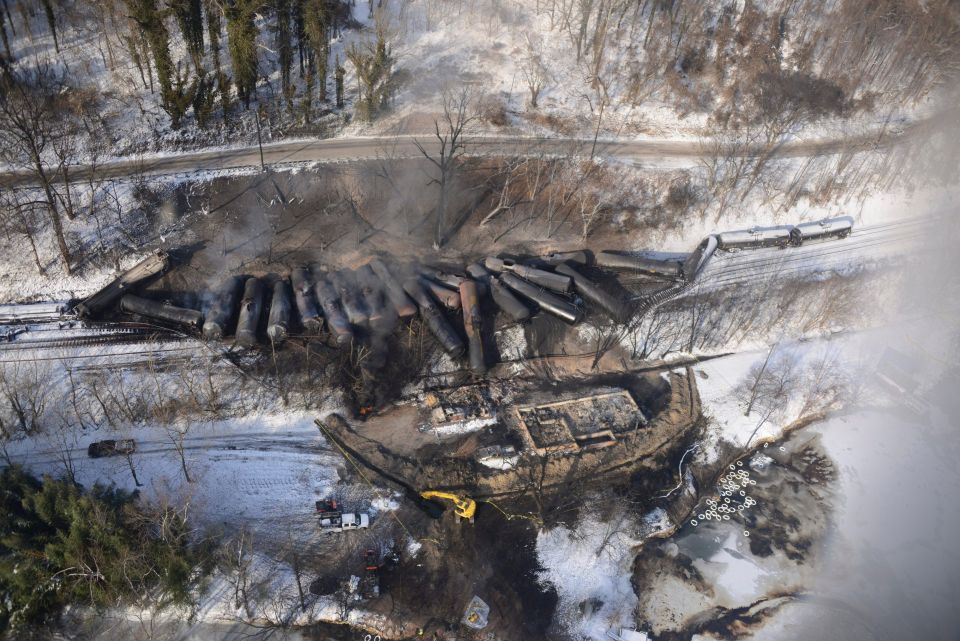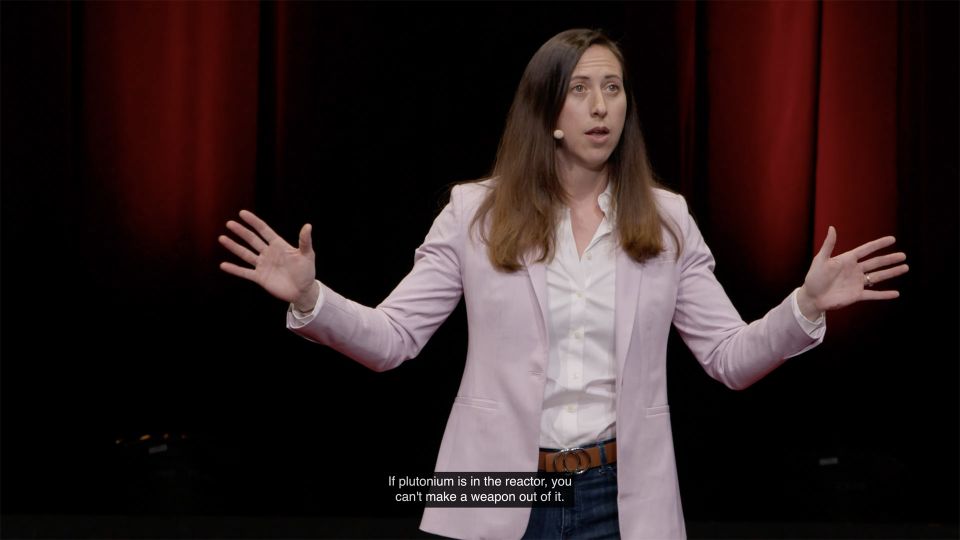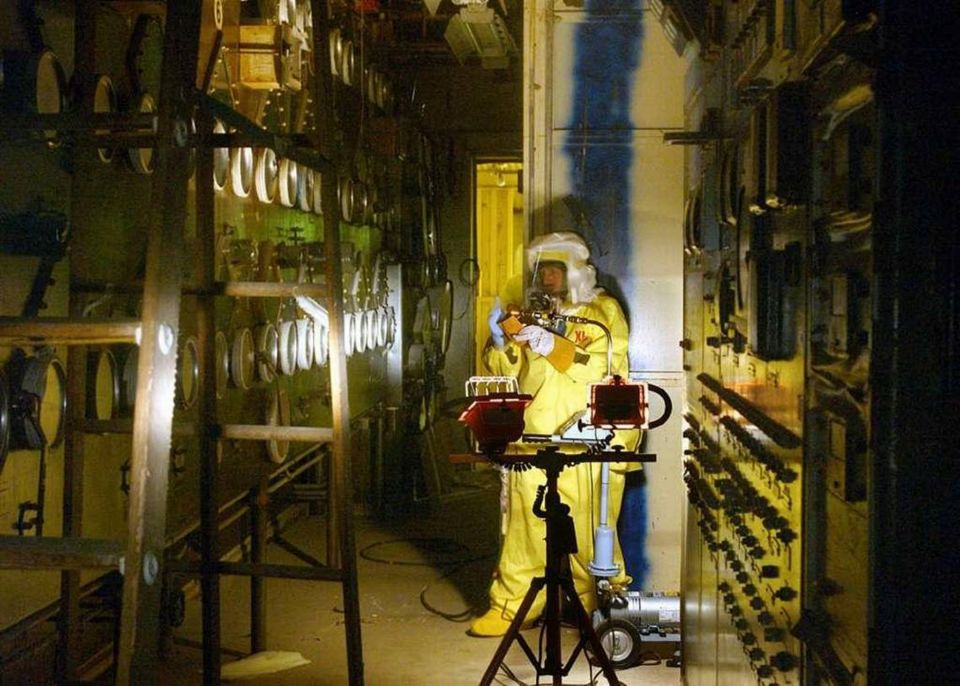The 2024 Nuclear News Energy Quiz
Are you an energy genius? It’s hard to tell whether or not Americans are really aware of the energy that controls our lives, so the following quiz should be revealing. Click through the multiple-choice options below to reveal the answers. Most answers can be found in the pages of the 2023 issues of Nuclear News—if you’ve been a diligent NN reader you should do fine!
Scoring: Zero to five correct answers out of the 20 questions means you may need to read up on energy in order not to be at the mercy of others. Six to 10 correct answers is a good passing grade. Eleven to 15 right answers means you’re really energy literate. Sixteen to 19 correct answers means you should be advising Congress. Twenty right answers suggests you’re Mr. Spock reincarnated.
1. In the event that the world does not decarbonize its energy production sufficiently by 2050 to mitigate the worst of global warming, what is our most plausible Plan B?
Correct!
Incorrect! The correct answer is solar engineering.
2. In the event that the world does not decarbonize its energy production sufficiently by 2050 to mitigate the worst of global warming, what country or group of countries has vowed to act unilaterally to implement Plan B?
Correct!
Incorrect! The correct answer is China.
3. What energy source can produce 656 billion kilowatt-hours with the least amount of steel?
Correct!
Incorrect! The correct answer is natural gas.
4. In Washington state, what energy source is used to buffer, or load-follow, renewables as they come and go in order to balance the grid?
Correct!
Incorrect! The correct answer is hydro.
5. In California, what energy source is used to buffer, or load-follow, renewables as they come and go in order to balance the grid?
Correct!
Incorrect! The correct answer is natural gas.
6. When did the earliest known fission reactor (not just fission reactions) begin operation?
Correct! 2,000,000,000 BC, the natural reactors at Oklo in Africa
Incorrect! The correct answer is 2,000,000,000 BC, the natural reactors at Oklo in Africa
7. What was the uranium-235 enrichment level in the fuel of that reactor?
Correct! 3.6 percent U-235, almost three half-lives of U-235 in the past.
Incorrect! The correct answer is 3.6 percent U-235, almost three half-lives of U-235 in the past.
8. What was the average power output of that reactor?
Correct!
Incorrect! The correct answer is 100 kWt.
9. Why does the U.S. Department of Defense want a small nuclear reactor as soon as possible?
Correct! to reduce casualties in war zones, since attacks on diesel truck convoys accounted for about half of U.S. casualties in Afghanistan and Iraq.
Incorrect! The correct answer is to reduce casualties in war zones, since attacks on diesel truck convoys accounted for about half of U.S. casualties in Afghanistan and Iraq.
10. The Artemis I unmanned mission to the moon had three nonhuman crewmembers aboard. Who was not part of the mission?
Correct! Albert the Second, a monkey who on June 14, 1949, survived a suborbital V-2 flight into space, only to die on impact after a parachute failure, becoming the first monkey, first primate, and first mammal in space.
Incorrect! The correct answer is Albert the Second, a monkey who on June 14, 1949, survived a suborbital V-2 flight into space, only to die on impact after a parachute failure, becoming the first monkey, first primate, and first mammal in space.
11. What was the highest dose rate of radiation that any astronaut has received in space?
Correct! 4 mSv per day. The average was about 0.4 mSv per day and the range was 0.1–4.0 mSv per day, with no real difference between deep space, going to the moon, or Earth orbit.
Incorrect! The correct answer is 4 mSv per day. The average was about 0.4 mSv per day and the range was 0.1–4.0 mSv per day, with no real difference between deep space, going to the moon, or Earth orbit.
12. Which state has the poorest wind resources for energy production using on-shore wind turbine?
Correct! Georgia, making emplacement of wind turbines there essentially a fool’s errand.
Incorrect! The correct answer is Georgia, making emplacement of wind turbines there essentially a fool’s errand.
13. Which of these people does not have a degree in nuclear or chemical engineering?
Correct! Ironically, NRC chair Christopher Hanson. (Also D, since Ms. Stanke has not yet graduated from college, as of time of publication.)
Incorrect! The correct answer is ironically, NRC chair Christopher Hanson. (Also D, since Ms. Stanke has not yet graduated from college, as of time of publication.)
14. Which of the following state legislatures does not have a Nuclear Caucus?
Correct! New Mexico.
Incorrect! The correct answer is New Mexico.
15. How much energy does it take to lift a person out of poverty?
Correct! 3,000 kWh per year.
Incorrect! The correct answer is 3,000 kWh per year.
16. About how much electricity will the world be using per year in 2040?
Correct! 40 trillion kWh per year.
Incorrect! The correct answer is 40 trillion kWh per year.
17. Which country’s deep geological nuclear waste repository plans call for a host rock of clay?
Correct!
Incorrect! The correct answer is France.
18. From a radioactivity standpoint, not a source standpoint, of the 57 million gallons of nuclear waste in the tanks at the Hanford Site, how much qualifies as low-level waste?
Correct! 50 million gallons. About 6 million gallons is transuranic waste, and one could stretch one’s imagination and call 1 million gallons high-level waste. No tank exceeds 1 Ci/liter.
Incorrect! The correct answer is 50 million gallons. About 6 million gallons is transuranic waste, and one could stretch one’s imagination and call 1 million gallons high-level waste. No tank exceeds 1 Ci/liter.
19. Obtaining sufficient supplies of which mineral/metal poses the largest hurdle to decarbonizing the world’s energy mix?
Correct! Copper, far and away the biggest hurdle according to Simon Michaux’s highly acclaimed report The Mining of Minerals and the Limits to Growth.
Incorrect! The correct answer is copper, far and away the biggest hurdle according to Simon Michaux’s highly acclaimed report The Mining of Minerals and the Limits to Growth.
20. According to the recent UN Economic Commission for Europe report, which energy source has the lowest life cycle impact on human health and the environment?
Correct! Nuclear, not surprising to many of us in the field, but nice to see it finally acknowledged by the UN.
Incorrect! The correct answer is nuclear, not surprising to many of us in the field, but nice to see it finally acknowledged by the UN.
Have a wonderful and happy 2024!
James Conca is a scientist in the field of earth and environmental sciences specializing in geologic disposal of nuclear waste, energy-related research, planetary surface processes, radiobiology and shielding for space colonies, and subsurface transport and environmental cleanup of heavy metals.








